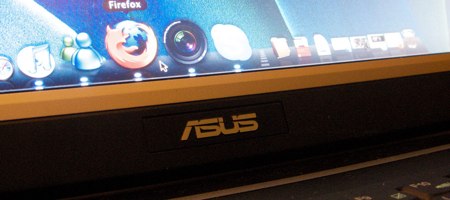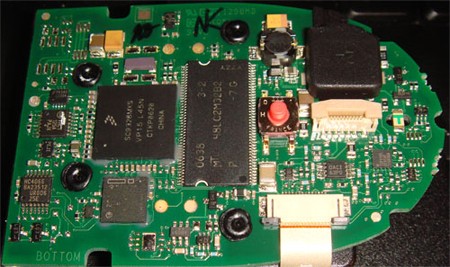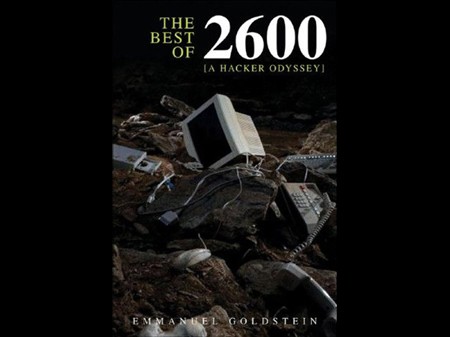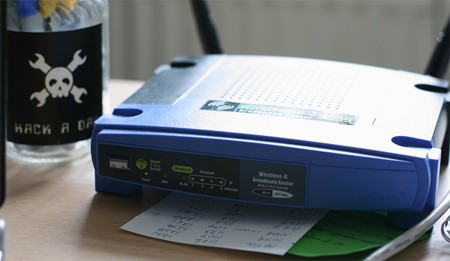
On June 23rd, EFiX is planning on releasing a USB dongle that will let any PC boot and install OSX from a retail DVD. The commercial device is supposed to take care of all patching and other woes OSX86 enthusiasts have had to deal with. Very little information is provided other than a statement that the development process took a lot of time and that they overcame “sabotage”… so, it’s got that going for it. Major OSX86 contributor (and Psystar hater) [Netkas] received a device to test and was pleased with the results. We’re just going to wait and see what happens. Not that it matters; they have no plans of releasing it in the US.
[via InsanelyMac]
[photo: Mario Seekr]
















